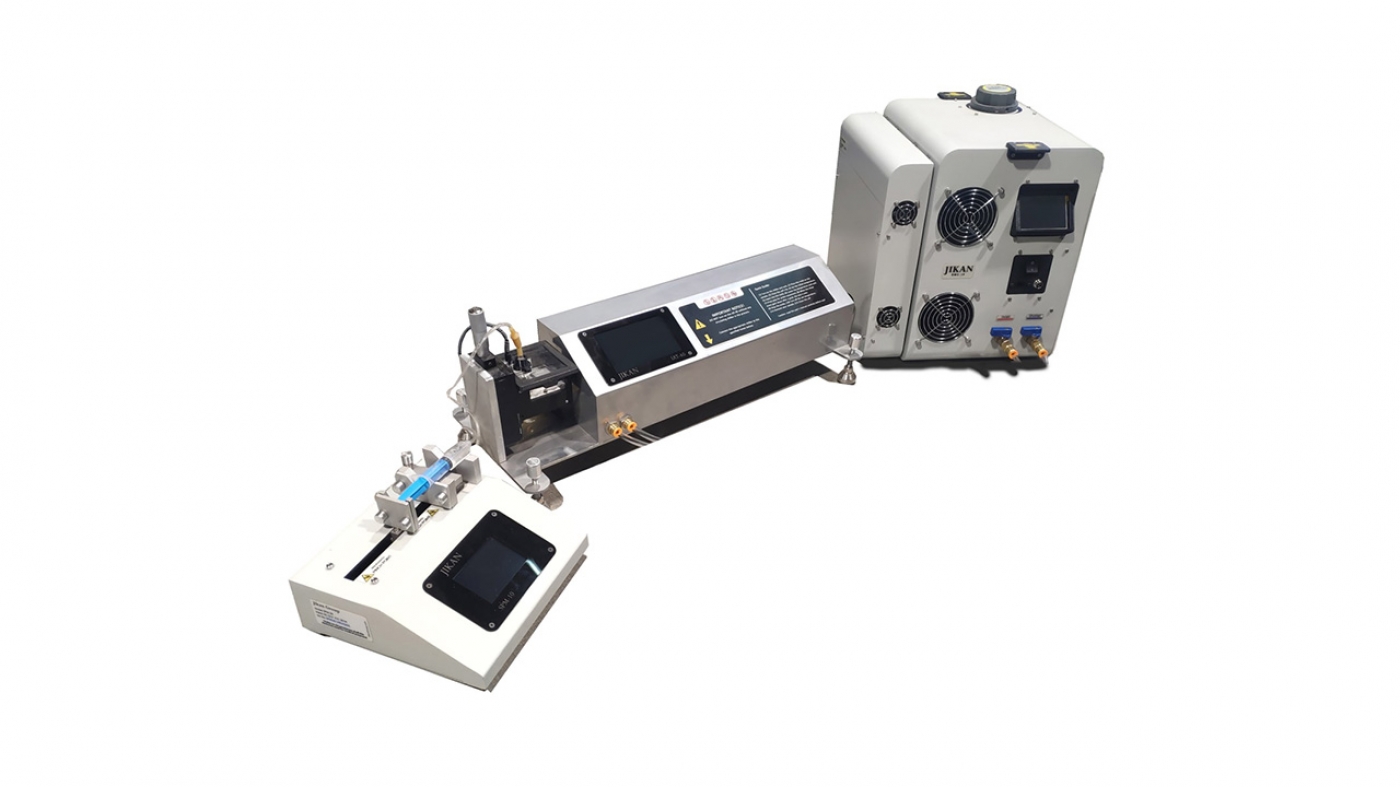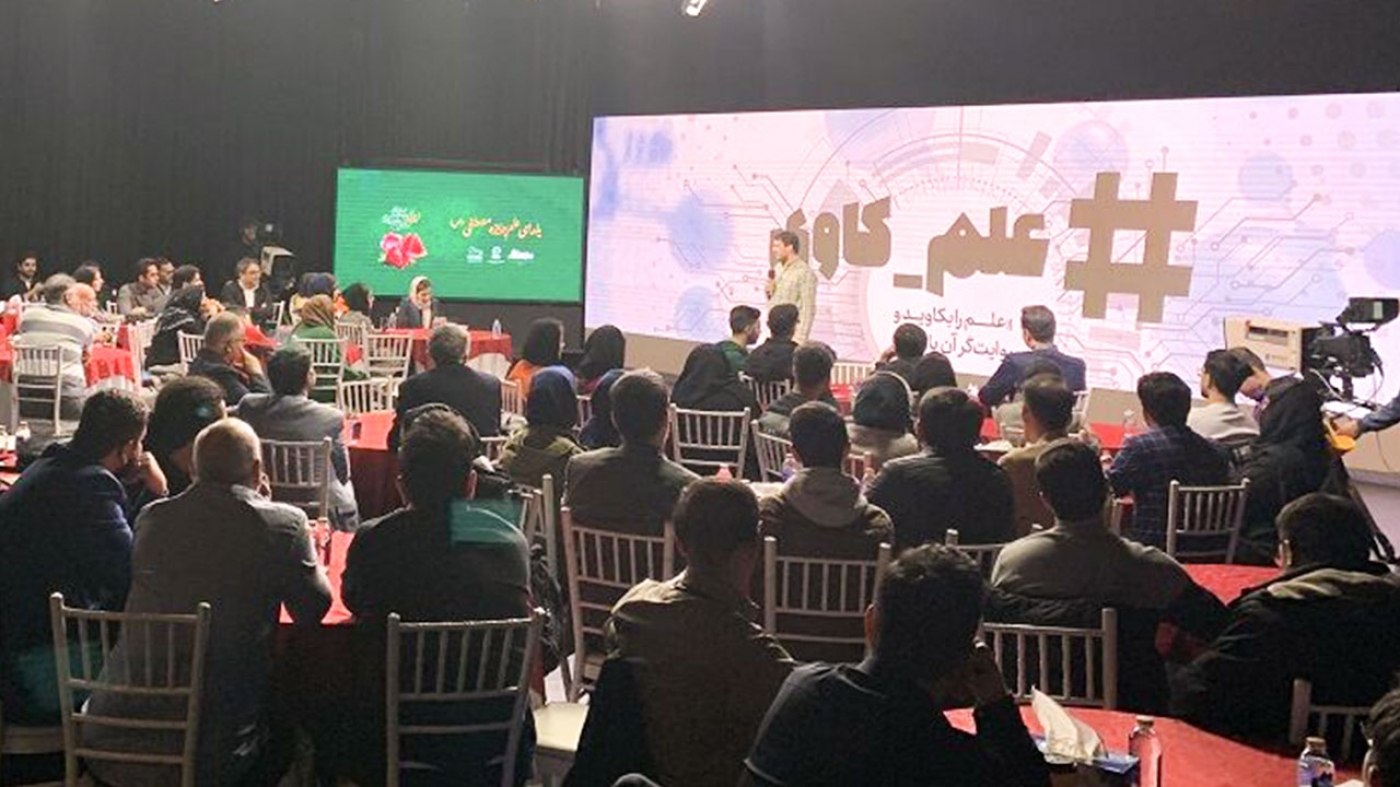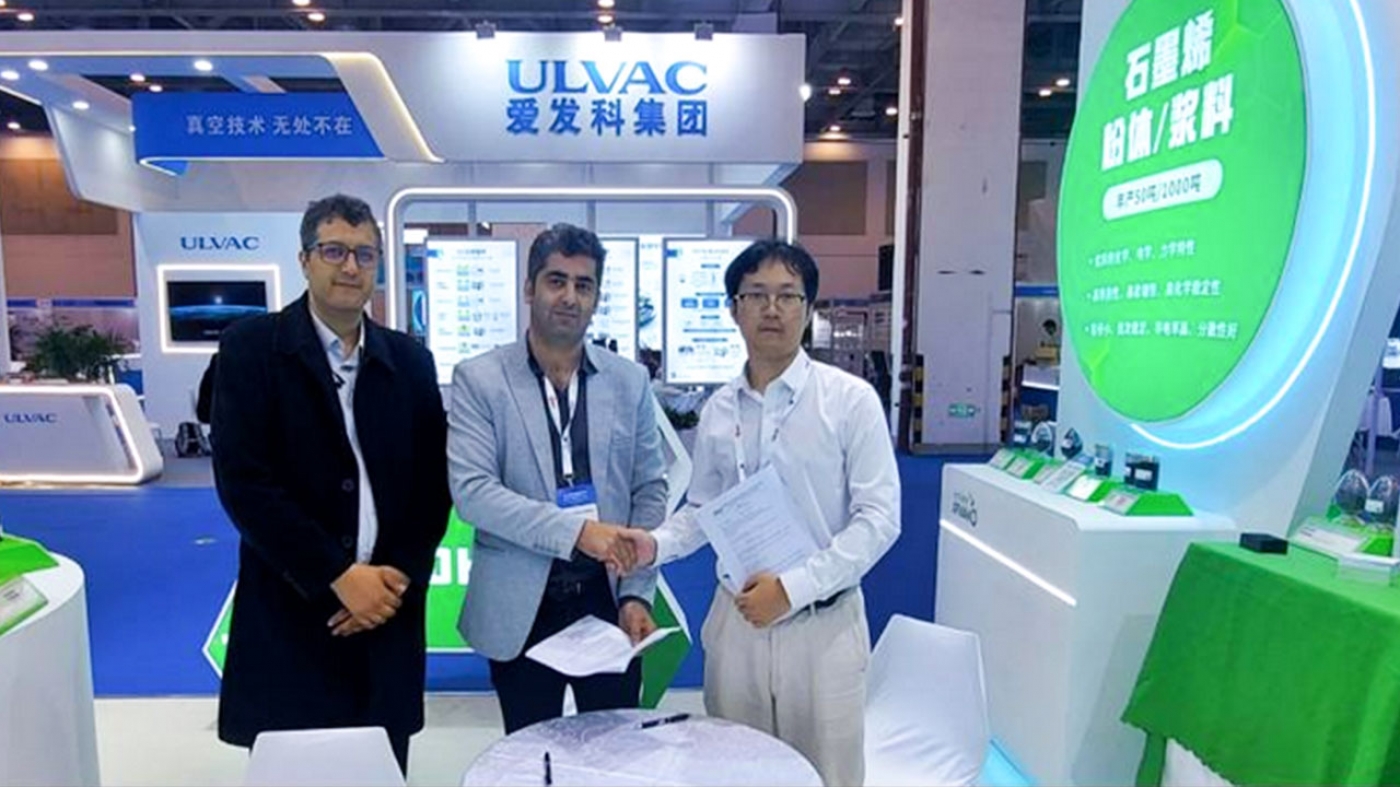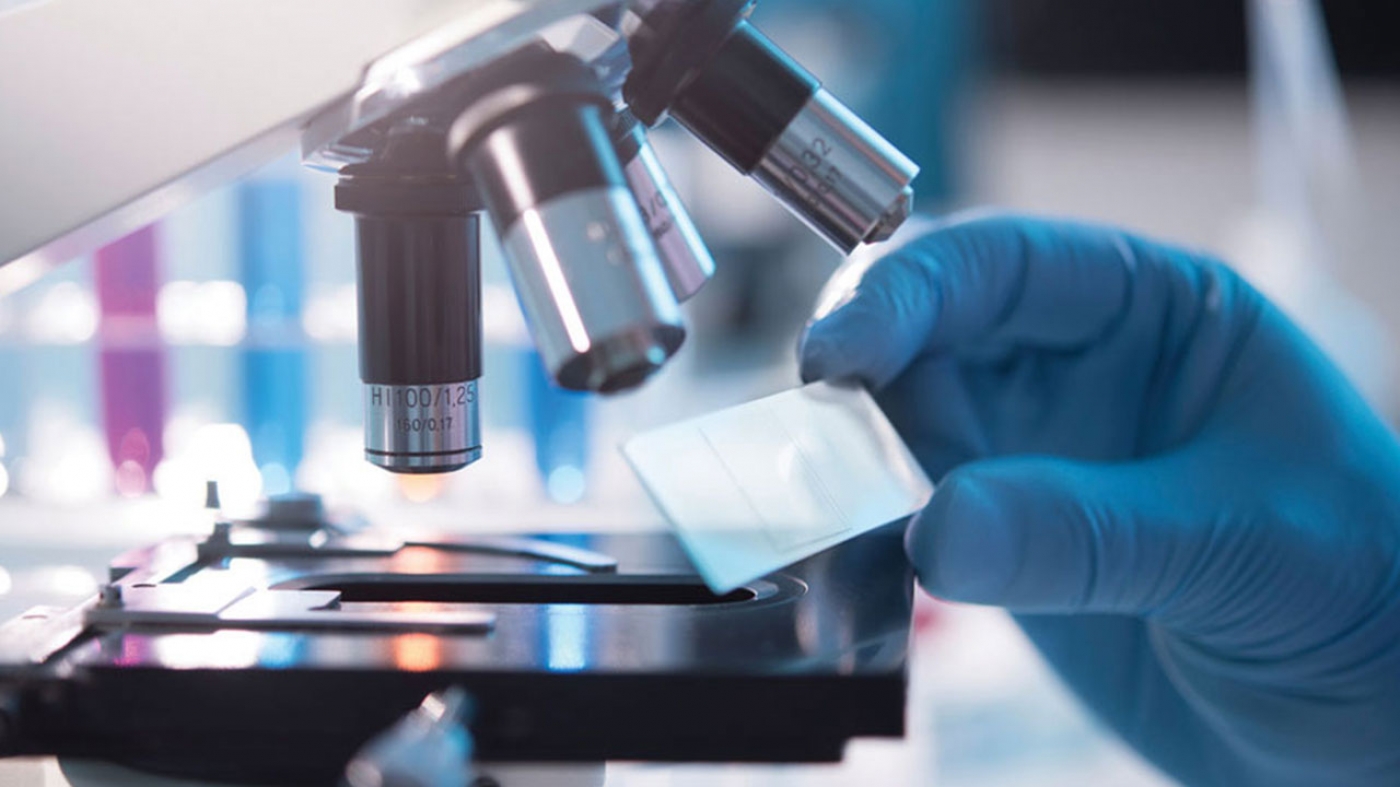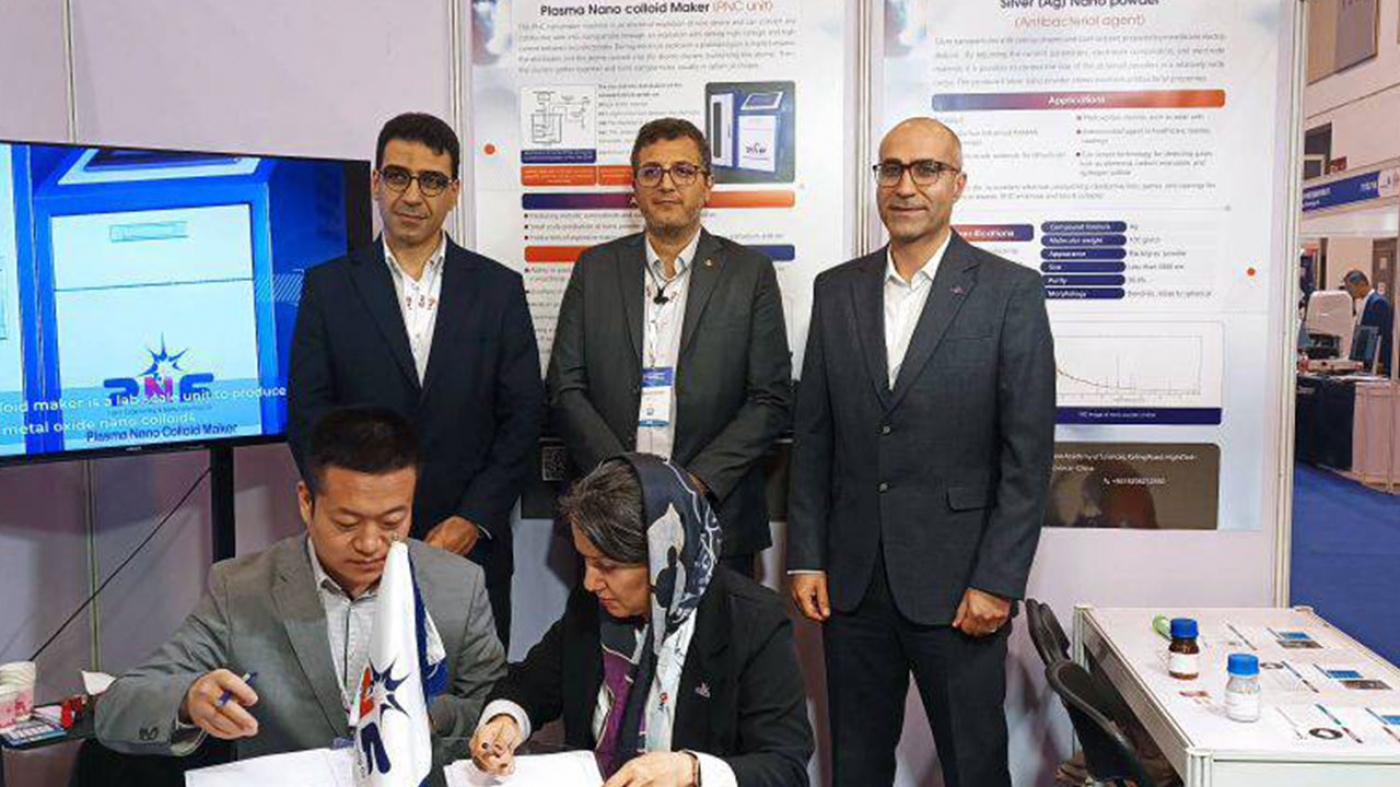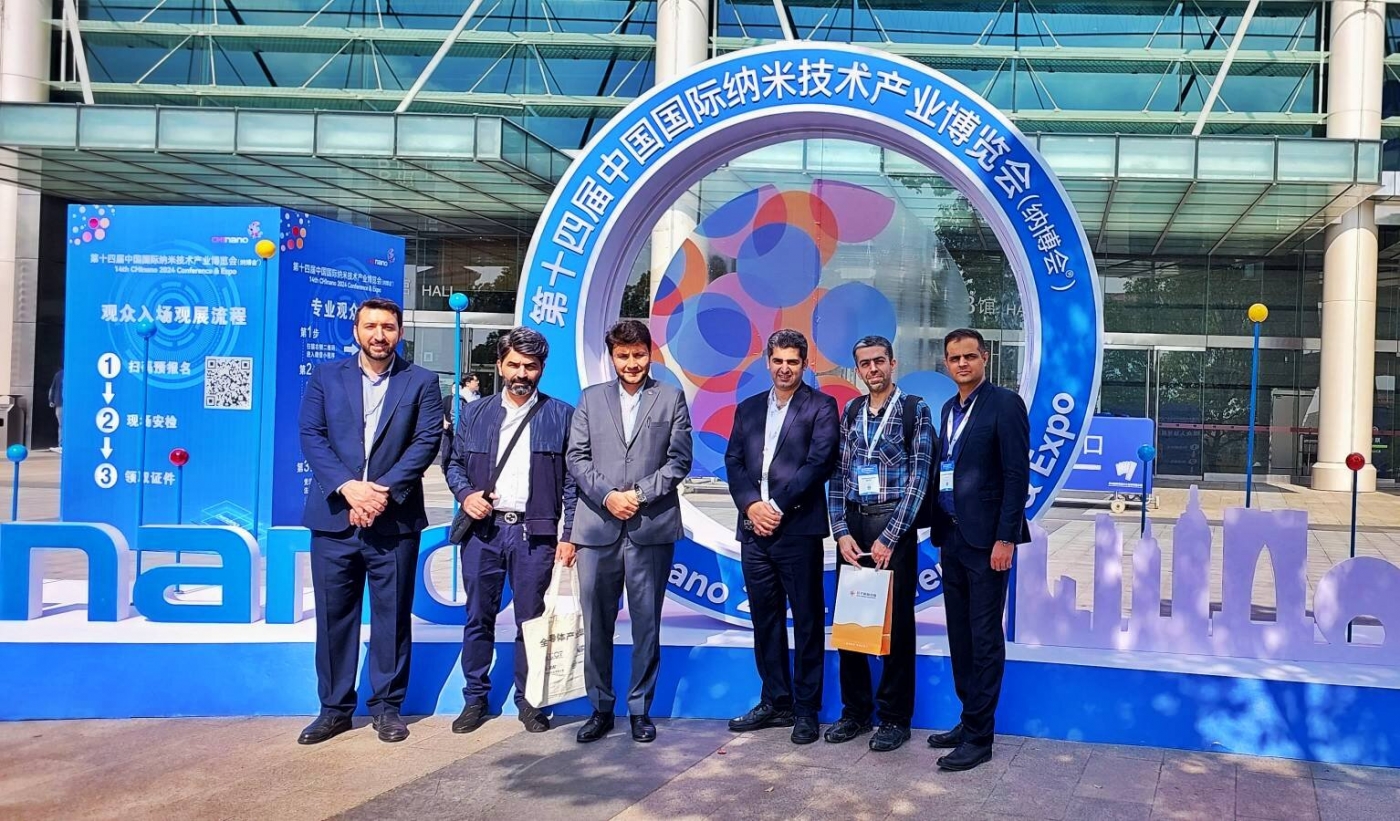Dr Farshid Chini, the CEO of Jikan surface nanoengineering company, says: “We have been working on anti-icing technology for many years. Since 2016, due to the research we were doing, we worked on the prototype and laboratory setup of this device, and we also made several copies of it for research work. In 2020, we were supported by the Iran Nano and Micro Technologies Innovation Council (INIC), and our initial Nano setup was completed and turned into a commercial device.”
Dr. Chini adds: “This field is very new in Iran, so, the applications of this device are still not very significant in Iran, but there is a good market outside of Iran. We have exported three machines to the European Union and we are currently looking to establish a headquarters in Europe so that we can export this product more easily.”
According to him, this device can be used in various parts such as heat exchangers, exhausts of some factories, and any surface where ice forms. This device produces and breaks ice under the conditions that are created in the real world on the product, and in this way, the necessary measurements are made on the ice.
CEO of Jikan Surface Nano Engineering Company says that there are 17 different phases for the formation of ice, and each has its characteristics, for example, the type of freezing in ice cream is different from ice cream. This device simulates the desired phase of ice and ice is produced and broken under the same phase. Accurate simulation of ice is very important in obtaining the correct result of the experiment. This makes this device unique.
According to Dr. Chini, there are currently several laboratory setups of this type of device in the United States, but none of them have been commercialized, this device of the Jikan Surface Nano Engineering Company has high reproducibility and has been commercialized. One of the differences between this Iranian device and other laboratory samples used in America is the shorter time of ice production so that instead of 24 hours, ice with the desired phase is created on the surface within one hour.
It should be noted that the confirmation of the operation of this device has been issued by the University of Leuven, which confirms the correct operation of this device.
